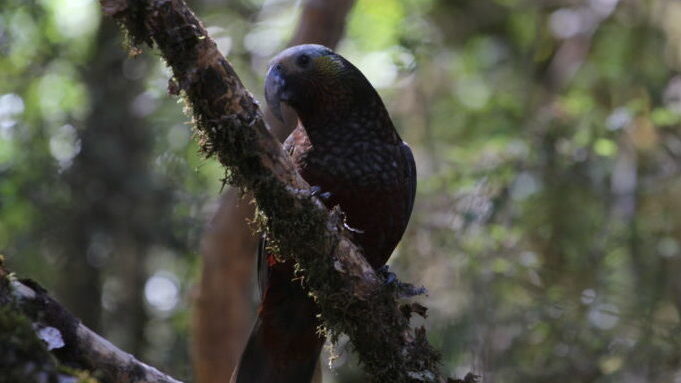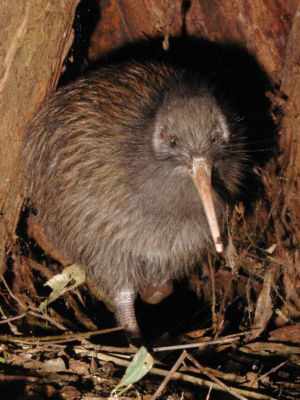Trap-wary stoats got caught out by a change in predator control regime according to research just published in July this year. The research, carried out by DOC scientists and published in the New Zealand Journal of Zoology, took place in the 9800 ha Whangarei Kiwi Sanctuary.

The results showed why it’s good to mix it up a bit with predator control – to change what you’re doing or pulse your predator control so that there’s less chance of cunning survivors getting wise to your methods.
At the Whangarei Kiwi Sanctuary, survival of brown kiwi chicks had declined over time in spite of continuous trapping of mammalian predators. Chick survival at Riponui was only 5% at the start of the study.

Following use of sodium fluoroacetate (1080) to kill rats and possums – and probably stoats by secondary poisoning – kiwi chick survival at Riponui increased from 5% up to 56%. Chick survival was even better at Rarewarewa – 62% – compared to 20% recorded at a nearby trapping-only area.
The researchers deduced from their results that “untrappable stoats accumulate in areas subjected to continuous predator trapping. Conservation managers should build into their long-term pest control programmes a periodic pulse of an alternative tool to kill pests that, for whatever reason, actively avoid the primary control tool.”
This study is published in the New Zealand Journal of Zoology. The abstract is freely available and the full report can be purchased:
Kaka in the city were the subject of a study by researchers from the University of Otago who used GPS technology to track juvenile kaka released into the predator-free Zealandia reserve in Wellington.
Juvenile kaka – being both curious parrots and ‘teenagers’ to boot, soon moved beyond the safety of predator exclusion fences and out into the suburbs, where the researchers investigated what landscapes they selected to live and feed in.
“We found that native forest patches and urban areas close to the reserve were selected by kaka to establish their home ranges. At a lower scale of selection (i.e., selection of habitats within home ranges), kaka selected the same habitat, but not necessarily those close to the reserve.”
The home range size ranged from 20 to 240 ha, while areas of high use were estimated to range from 2 to 21 ha. While the Zealandia reserve provides protection and the opportunity for an easy, supplementary feed, the GPS tracking showed that native forest patches throughout the city were helping young kaka to disperse beyond the sanctuary boundaries. The researchers also wondered whether some urban areas might have been selected by the kaka because of bird feeders in private backyards.
Forest-dwelling species like kaka can survive in the city, the researchers conclude – but their survival requires careful urban planning and management. There must be areas within the city that offer habitat patches and food resources, along with somewhere such as Zealandia, which offers a safe, food-rich, predator-free refuge for the population to expand from. Given these factors – native forest-dwellers can overcome the twin threats of urbanization and competition from exotic species and become successful city-dwellers.
The full research report is published in Current Zoology and is freely available:

